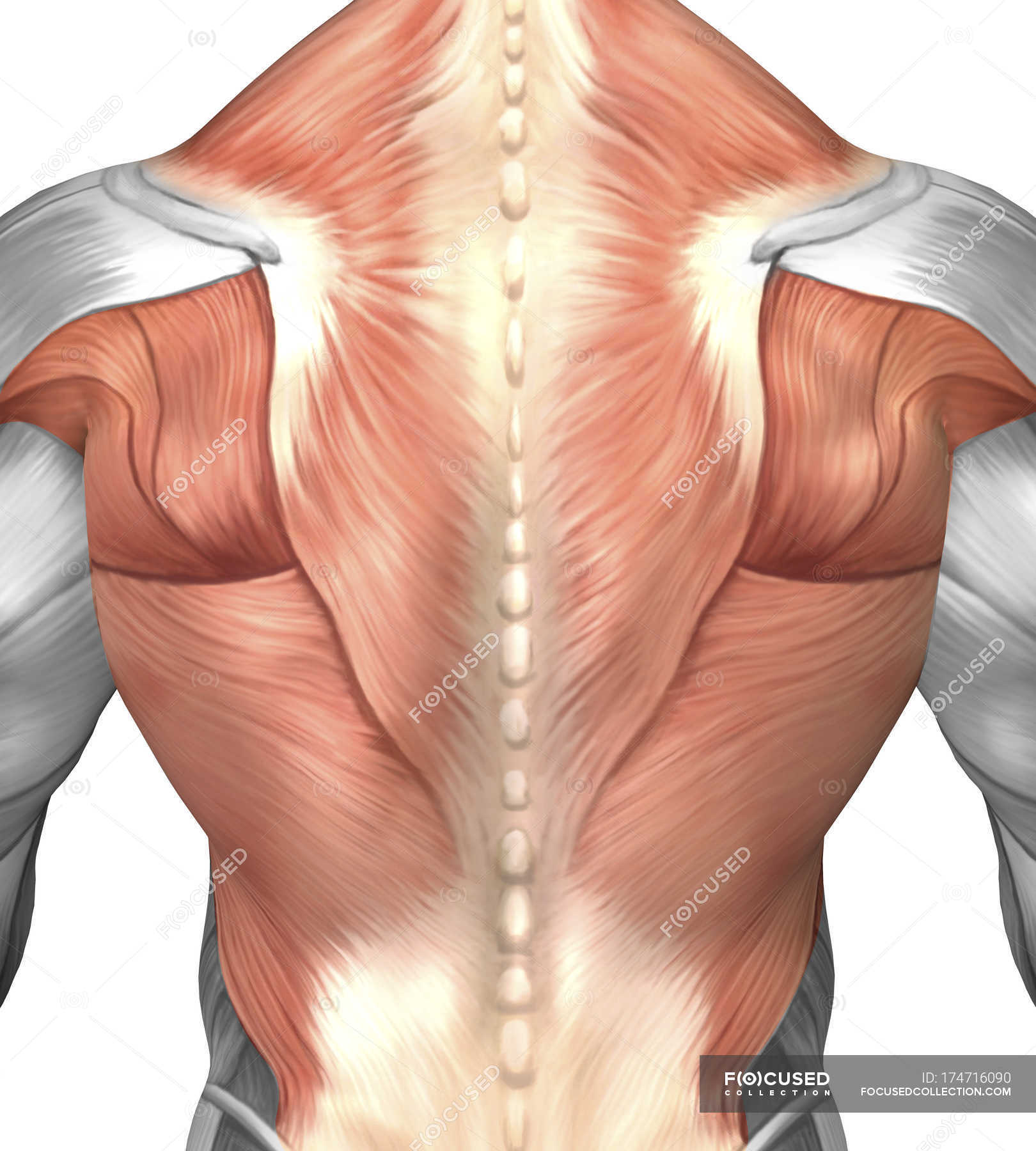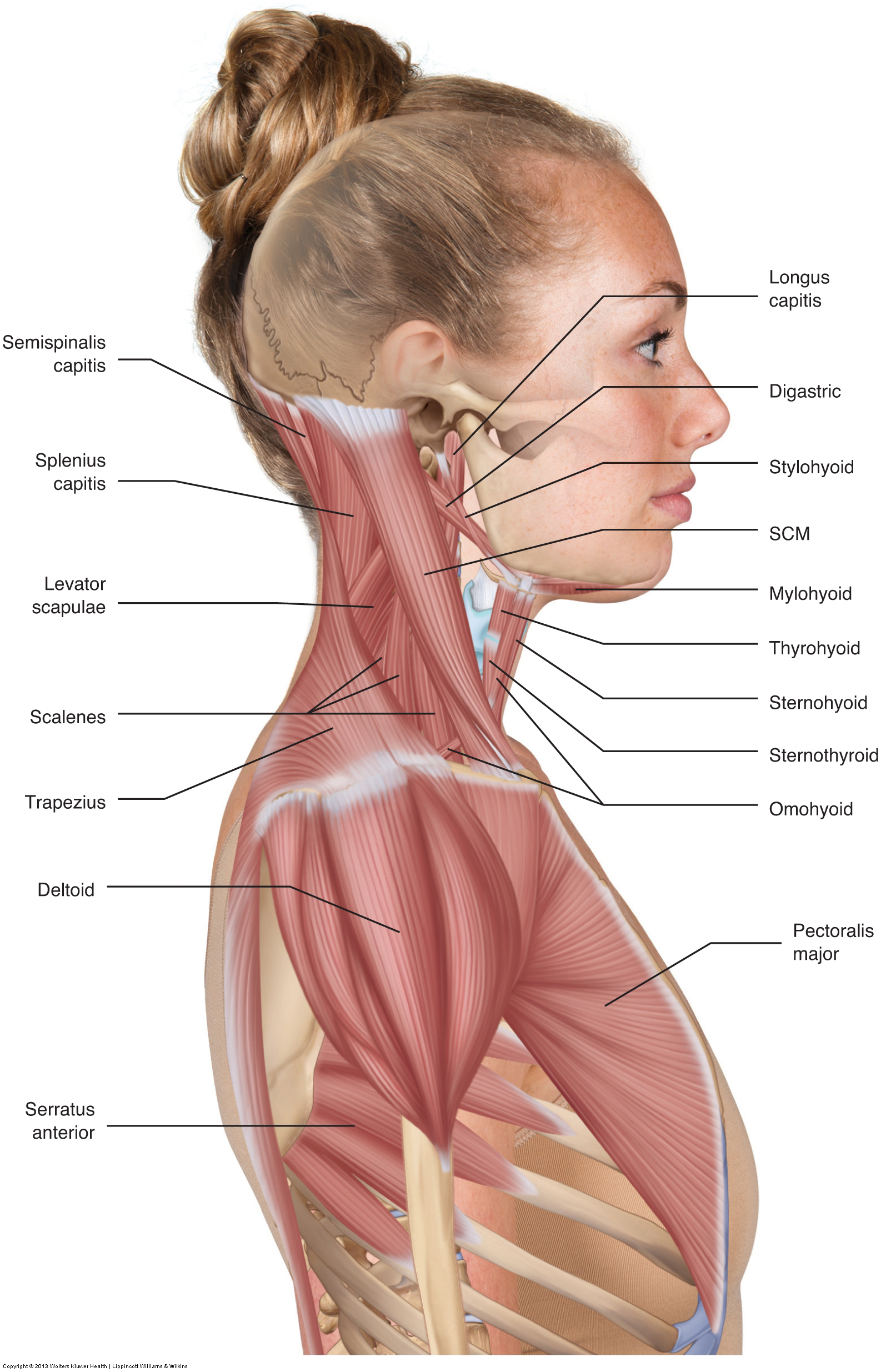

“Children with SMA experience difficulty performing essential functions of life. These symptoms may be present at birth or may present by the age of 6 months. Children with this condition have problems holding their head up, swallowing and breathing. SMA caused by mutations in the SMN1 gene is generally classified into several subtypes, based on the age of onset and severity infantile-onset SMA is the most severe and most common subtype. If there is not enough functional SMN protein, then the motor neurons die, leading to debilitating and often fatal muscle weakness. Motor neurons in the brain and spinal cord control muscle movement throughout the body. The gene encodes the survival motor neuron (SMN) protein – a protein found throughout the body, which is critical for the maintenance and function of specialized nerve cells, called motor neurons.

SMA is a rare genetic disease caused by a mutation in the survival motor neuron 1 (SMN1) gene. The FDA will continue to support the progress in this field by helping to expedite the development of products for unmet medical needs through the use of review pathways designed to advance innovative, safe and effective treatment options.” The potential for gene therapy products to change the lives of those patients who may have faced a terminal condition, or worse, death, provides hope for the future. “With each new approval, we see this exciting area of science continue to move beyond the concept phase into reality.

“Today’s approval marks another milestone in the transformational power of gene and cell therapies to treat a wide range of diseases,” said Acting FDA Commissioner Ned Sharpless, M.D. Food and Drug Administration today approved Zolgensma (onasemnogene abeparvovec-xioi), the first gene therapy approved to treat children less than two years of age with spinal muscular atrophy (SMA), the most severe form of SMA and a leading genetic cause of infant mortality.

This picture also contains other parts such as 12th rib, 12th thoracic nerve, intercostal nerve, 1sth rib, 1st thoracic nerve, 8th cervical nerve, 2nd cervical vertebrae, axis, 1st cervical nerve, base of skull and so on.The U.S. You may also find 5th sacral nerve, external filum terminale, termination of dural sac, internal filum terminale, pial, sacrum, 1sth sacral nerve, 5th lumbar nerve, cauda equina, 1th lumbar nerve, conus medullaris, subcostal nerve, in it. In this image, you will find 1st cervical vertebrae, atlus, cervical plexus, 7th cervical vertebrae, 1st thoracic vertebrae, brachial plexus, spinal dura mater, filaments of spinal nerve roots, 12th thoracic vertebra, 1st lumber vertebra, iliohypogastric nerve, ilioinguinal nerve, lumbar plexus, 5th lumbar vetebrae, femoral nerve, sacral plexus, superior and inferior gluteal nerve, sciatic nerve, posterior femoral cutaneous nerve, pudental nerve, cocccyx, coccygeal nerve, in Spinal nerve and vertebrae anatomy. Anatomy Of The Spine And Back Spine Muscles Diagram Human Anatomy Human Back Anatomy Diagram


 0 kommentar(er)
0 kommentar(er)
